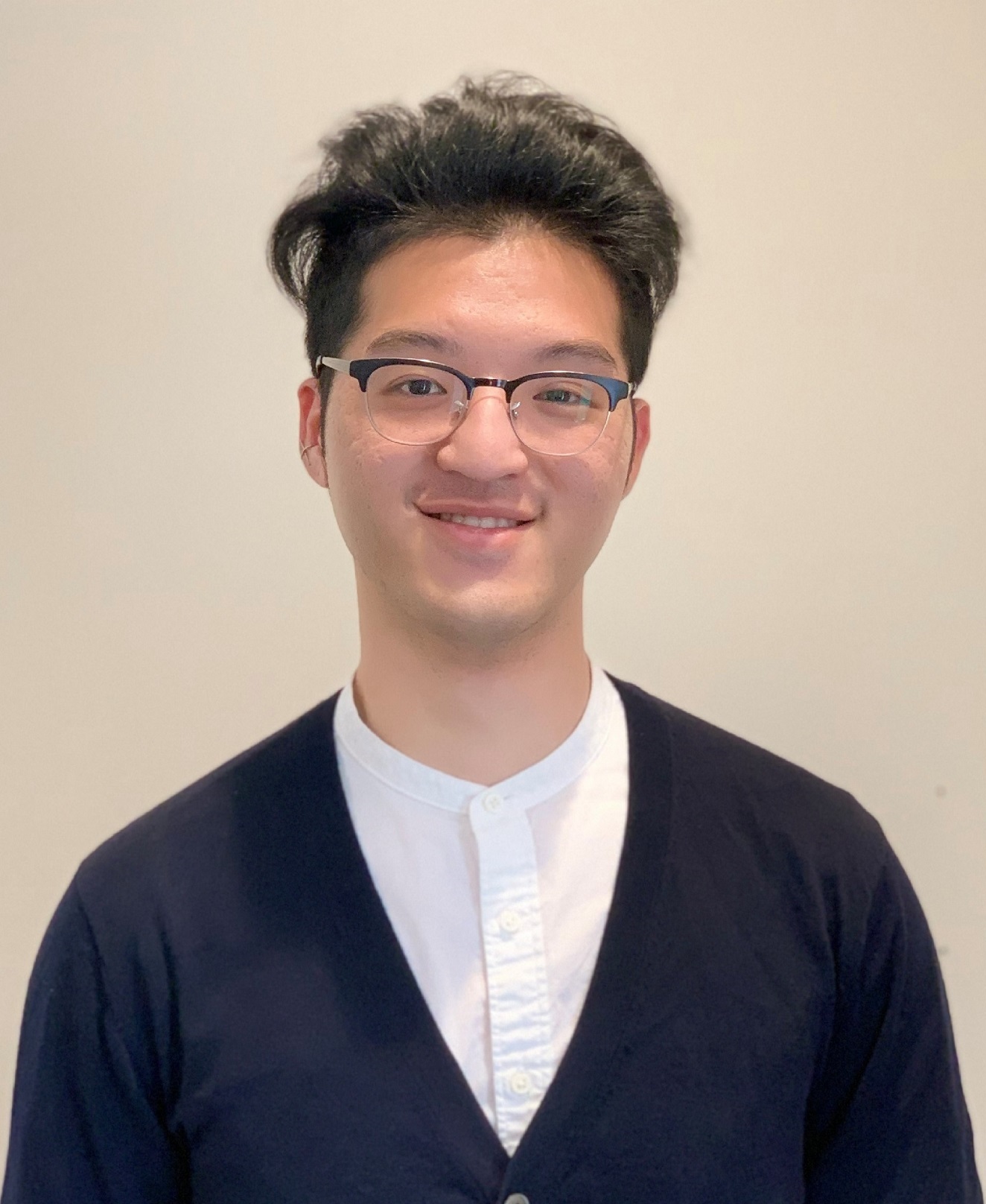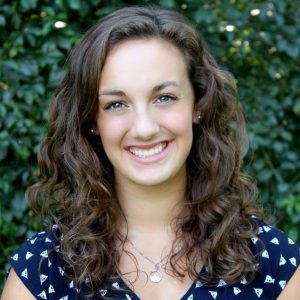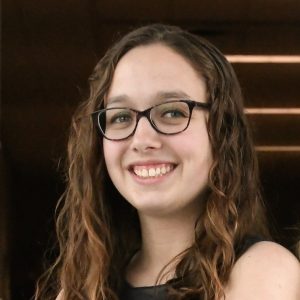Congratulations to Michael Rosenberg for passing his general exam!
Michael’s proposed work titled Modeling and Predicting Subject-Specific Responses to Ankle Exoskeletons was approved by his Ph.D. committee. Way to go Michael!
 Our undergraduate student, Damon Qilang Ding, has been awarded the Innovation Undergraduate Fellowship the UW’s Institute for Neuroengineering. The UWIN Fellowship provides funding for Damon to conduct research in his upcoming quarters and is a highly prestigious and selective competition. Congratulations, Damon!
Our undergraduate student, Damon Qilang Ding, has been awarded the Innovation Undergraduate Fellowship the UW’s Institute for Neuroengineering. The UWIN Fellowship provides funding for Damon to conduct research in his upcoming quarters and is a highly prestigious and selective competition. Congratulations, Damon!
Damon’s research is to lead a fabrication, assembly, and tuning of a dynamic walking bipedal robot, which will serve as a testbed for validating the Ability & Innovation lab’s simulation framework evaluating whether discrepancy modeling with data-driven approaches enables more accurate dynamic solutions of bipedal movement with both unaltered and altered control.
We partnered with NBC Learn to share some of our work on exoskeletons to help encourage students to consider a career in engineering. What can be more exciting than musculoskeletal modeling, exoskeletons, horses, and stuffed animals?
Check out the video – a lesson plan will also be posted soon for classrooms to use.
Go team!
 Megan Auger passed the Mechanical Engineering Ph.D. student qualifying examination. After passing, Megan is now officially a Ph.D. candidate in Mechanical Engineering. Congratulations Megan!
Megan Auger passed the Mechanical Engineering Ph.D. student qualifying examination. After passing, Megan is now officially a Ph.D. candidate in Mechanical Engineering. Congratulations Megan!
 Nicole Zaino passed the Mechanical Engineering PhD student qualifying examination. After passing, Nicole is now officially a PhD candidate in Mechanical Engineering.
Nicole Zaino passed the Mechanical Engineering PhD student qualifying examination. After passing, Nicole is now officially a PhD candidate in Mechanical Engineering.